CNC machining is a revolutionary technology. With its a great many advantages, a range of diverse CNC cutting tools is one of them. These advanced and versatile machines offer different CNC machine tools for various operations, from milling to turning, drilling, or electrical discharge.
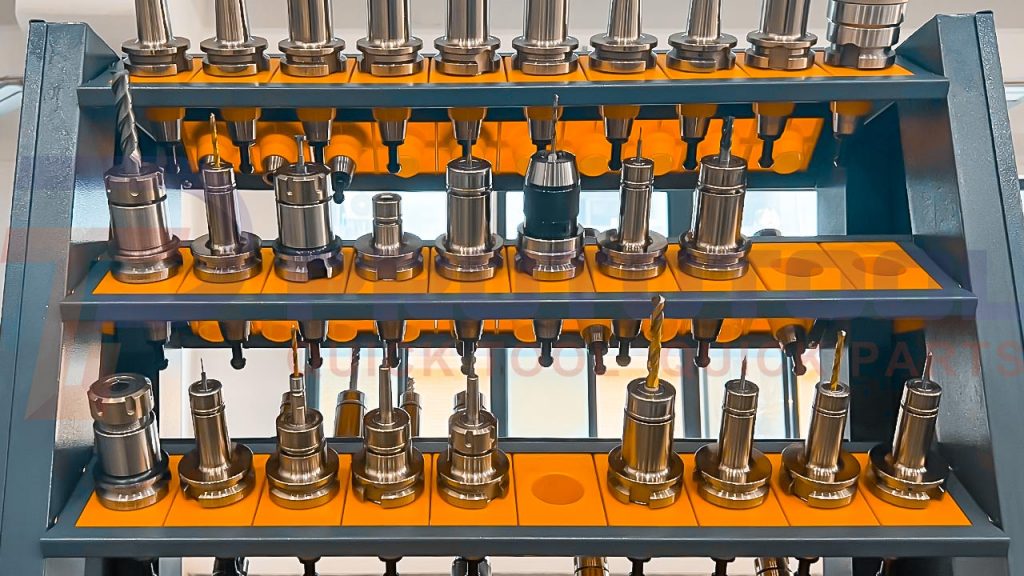
A cutting tool is an instrument used to cut, shape, and remove CNC Machining material from a workpiece. It employs a shear deformation process. CNC machining tools are fastened on the spindle of CNC machines. They rotate at a breakneck speed and are instructed by computer numerical programming.
CNC milling tools are amongst the most widely used CNC machining tools. These enable milling machines to execute a variety of cuts and incursions in a raw piece of material. But choosing the right tool is paramount to fabricating the parts as required by your customers.
The tool that will be selected for a particular job must be easily available, cheaper, easy to install, rigid, efficient, and highly precise. But the question arises, how can we come to know that our tool possesses all the attributes? Don’t worry! Just read the article. In the end, you will be able to select the best tools for your next CNC machining project.
Types of CNC Machine Tools
First, we’ll explain the different types of CNC machining tools.
End Mills
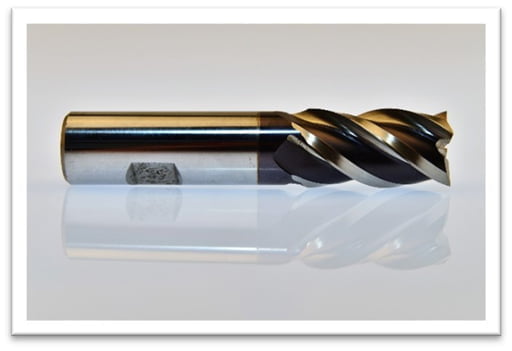
End mills are the most frequently used tools for milling operations. They resemble drill bits because they can perform vertical CNC machining operations. There are disparate types of CNC end mill tools. Every category has its own number of flutes and type of nose. They typically consist of teeth on one end and on the sides as well. Below are given types of end mills:
- Flat: Flat-faced end mills used for general-purpose applications are equipped with 2D features.
- Ball Nose: Ball nose end mills are preferred for machining operations requiring 3D contours and curves.
- Bull Nose: This category of end mills consist of flat end and rounded corner and is appropriate for roughing and fillets.
Face Mills
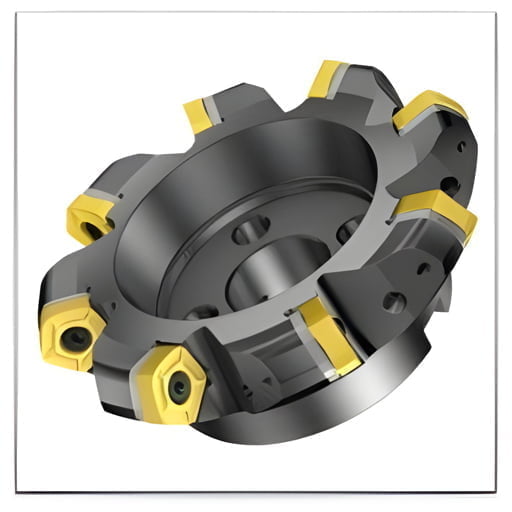
Face mills are used when we have to mill flat sections on the surface of the workpiece. Therefore, the term face is derived because we create flat faces. These tools consist of a flat head with replaceable cutter inserts or edges. These inserts or edges are made of carbide.
The cutter inserts are fixed on the sides of the face mills. Therefore, we can only mill flat sections horizontally. However, due to their interchangeable inserts, the tool’s life span increases, and they are also cost-efficient compared to other CNC machining tools.
Slab Mills
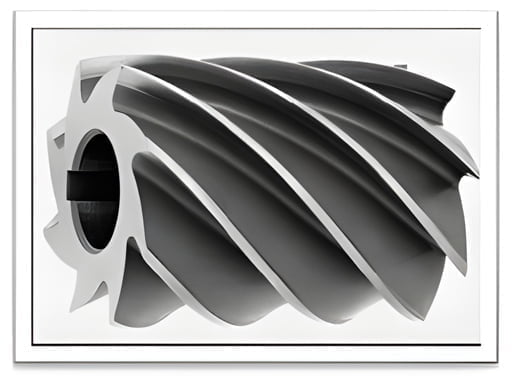
Slab mills (also called slab cutters or plain mills) are rarely found in advanced machining centers. They have no side teeth but have teeth on their periphery and are used for milling flat surfaces. They can also be employed for creating instant wide and narrow cuts.
Involute Gear Cutters
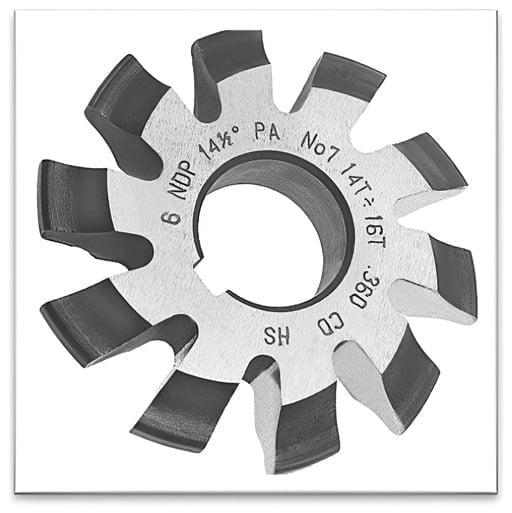
Gear cutters, also known as involute gear cutters, are used to create metal gears for different manufacturing applications. We can easily CNC machine gears using involute gear cutters.
Machinists sometimes require a particular milling machine for cutting gears, referred to as a hobbing machine. This unique milling machine performs gear cutting, cutting splines, and cutting sprockets operations.
Fly Cutters
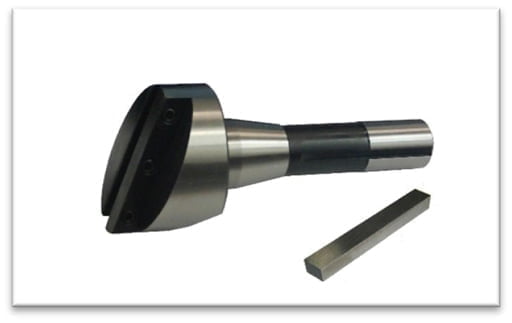
Fly cutters are economical compared to face mills and are used to create broad and shallow cuts on blank material. They embody one or two tool bits attached to a solid body. The two-tool bit fly cutters are also referred to as fly bars. Parts produced with these tools have a better surface finish.
Drill Bits
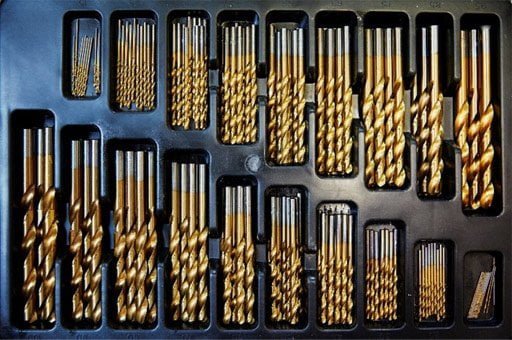
Drill bits are used to remove material from the workpiece to generate circular holes. They can have one or more flutes and are available in various sizes and shapes. Precision machines can accommodate a range of drill bits to perform several drilling operations.
Below are given different types of drill bits used during CNC machining operations:
- Twist Drill Bits: They are employed when we have to generate holes in a piece of wood, plastics, or metals. But are predominantly used for drilling metals.
- Center Drill Bits: These are used when we are required to create holes at the center of a workpiece so that it can turn between centers on a lathe.
- Ejector Drill Bits: This type of drill bit is used when we do deep hole drilling.

Ball Cutters
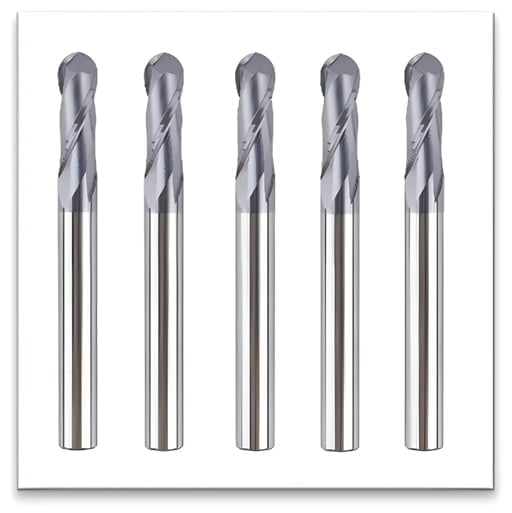
Ball cutters (also referred to as ball mills) are milling tools used to create corner radiuses for perpendicular faces. They are easily recognized because they have a hemispherical cutting tip.
Reamers
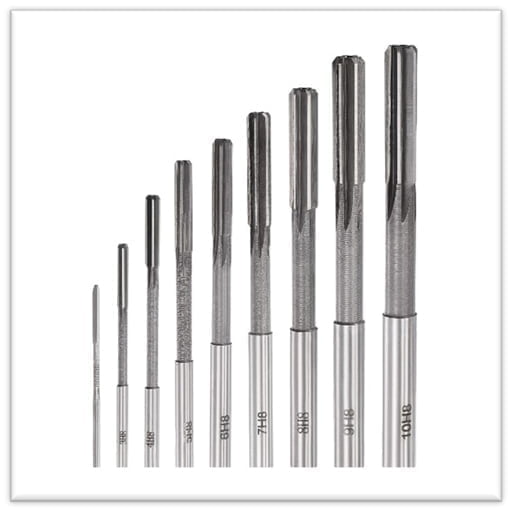
Reamers are tools employed to widen holes in a blank to render a more detailed and precise diameter and smooth finishing. They offer many tight tolerances as compared to other cutting tools.
Hollow Mills
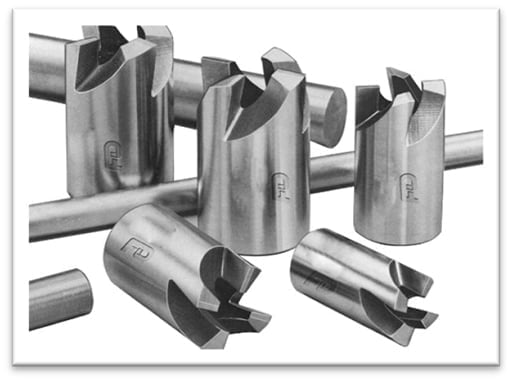
This type of CNC machining tool has a pipe shape and looks inverted. Hollow mills are pretty different from face-milling cutters. They are used to generate cylindrical shapes. But here, the blank piece is fed into the inner part of the mill.
Side-and-Face Cutters
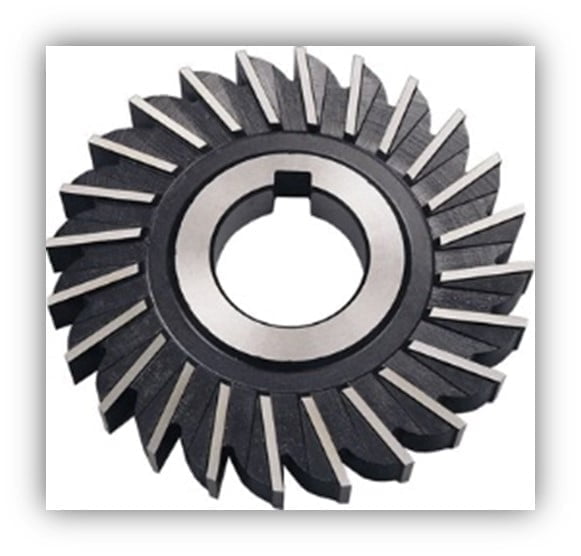
Side-and-face cutters are the predecessor of the end mill tools and have teeth on the side and circumference, both as suggested by the name of the tool. These are used when we require to make slots and grooves. These tools function similarly to end mills, but their usage has decreased due to the advent of better technologies.
Key Considerations While Selecting the Right CNC Machine Tool
The success of any CNC business rests upon many factors, and the proper selection and usage of CNC machine tools are among them. Because only then can you create premium-quality finished products for your customers.
Nonetheless, selecting the right tools is not child’s play because a lot of things must be taken into account before deciding what tools are suitable for your business and what are not. The price of the component, its quality, and return on investment (ROI) are a few factors to name. Let us dig deeper into the process of tool selection.
But if you find any difficulties regarding the selection process or you need prototypes or mass-produced parts for your business. Then you reach out to Prototool, a respectable and trusted name in manufacturing and prototyping. Just reach out to us then we’ll take care of your product for you. We offer rapid prototyping and manufacturing services across the globe. We provide high-precision quality parts at cheaper rates.
Cost is the Prime Factor
Cost is the cornerstone of every business investment. “The less the cost, the better” is the jargon one often gets to listen to vis-à-vis business investments. Nonetheless, this jargon cannot be implemented in the CNC machining industry in true letter and spirit. Because in this industry, the cost of the machine tools is directly related to the quality, durability, and lifespan of the machine.
You must choose the tools according to the characteristics of your CNC machine. That is, whether or not the tool under consideration is the right fit for your project. Can it bear the pressure and force that your machine will produce, and how much wear and tear can it bear? All these things correlate to the price. So, your focus should be more on quality and less on price.
Production Quality
After price, the most important factor is the quality of the tool. Because the premium-quality tools give high performance and durability. Low-quality machine tools, on the other hand, might damage the whole batch or CNC machine or worker in case of failure or accidents.
Moreover, they will compromise the much-needed precision and accuracy, which are the lifeblood of CNC machine operations. Thus, manufacturing quality is the most important factor after price.
Ease to Avail Spare Parts or Tool Warranty
Next in line characteristic is the easy availability of spare parts, product warranty, and aftersales support. Because these factors can be a sigh of relief in case of problems with the machine. But if these things are not taken into account, then tools can cause unnecessary and expensive delays in the business, which translates into the loss of money. Thus, you must purchase only those CNC machine tools readily available in the market and possess aftersales support.
Safety is a Must Consideration
While purchasing CNC machine tools, safety is often overlooked. Nonetheless, it ought to be the center of the discussion, given the nature of the business, because you must take care of the safety of your operator, machine, and workshop. Otherwise, it might hurt your business. Thus, safety must be the key consideration while making any purchase.
Tool Changer Design
You must take into account the tool holder as well as the tool changer layout because easy accessibility of tools and ease of replacement of damaged tools can save you a lot of money. Thus, it must be on your checklist.
High Power and Capacity Spindles
Power consumption and capacity are also vital considerations. It would be best to ensure that the spindles have high power and quality, large bearing, and minor wear and tear. Because cheap spindles are likely to fail to cut rigid materials. That is why the machine’s power, capacity, and speed are important considerations.
Conclusion:
Computer numerical control is a technologically advanced machining process. It offers a massive range of materials to choose from to perform various machining operations. Some important types of CNC machining tools are discussed above.
But selecting the right CNC machining tools is key to your successful project completion. We also mentioned some key considerations that you need to take care of while choosing a CNC tool for your project.










